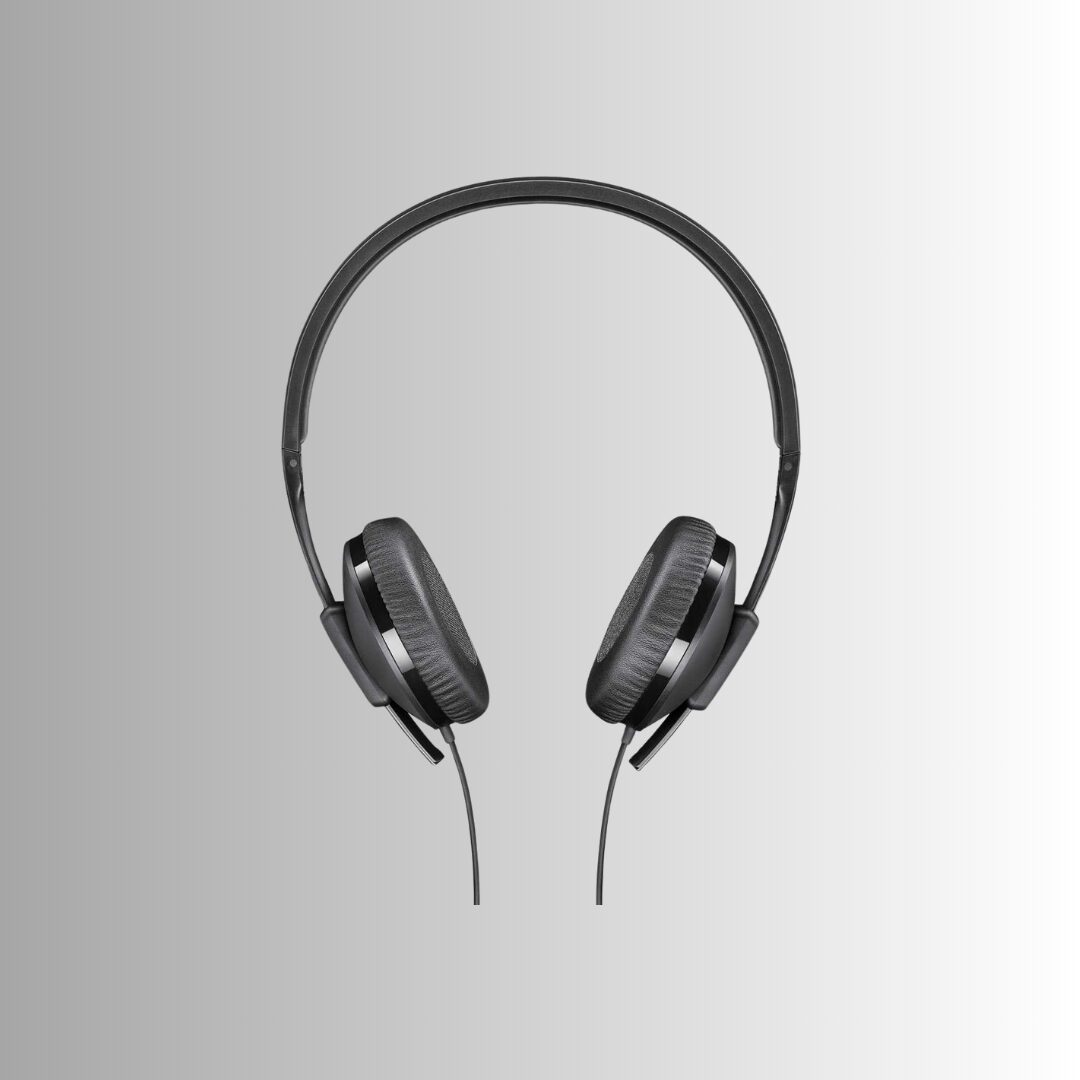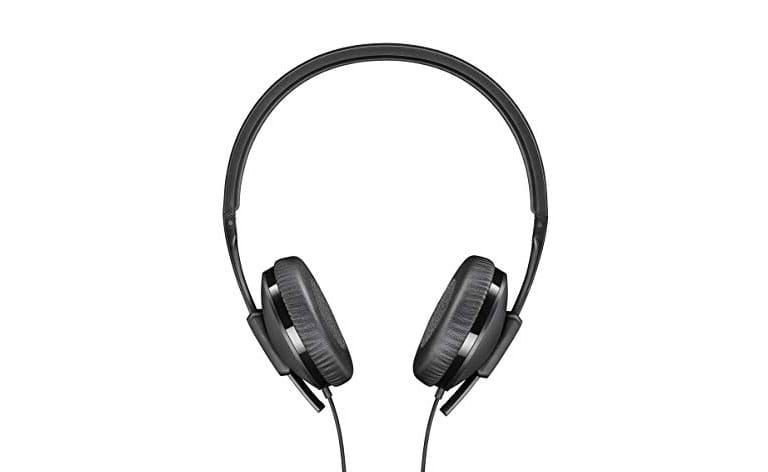Sennheiser HD 100 Lightweight Headphones Review
Introduction
As an avid user of Sennheiser HD 100 headphones, I have had my fair share of models over the years. Most notably, the Sennheiser PX 100 series has been a long-standing favorite. However, as technology evolves and older models either wear out or become obsolete, I find myself searching for a suitable replacement. This search led me to the Sennheiser HD 100 Lightweight Headphones. In this review, I will share my experience with the HD 100, while comparing it to the venerable PX 100 series and discussing its strengths and weaknesses.
First Impressions and Build Quality
Upon unboxing the Sennheiser HD 100 Lightweight Headphones, my first impression was that they felt slightly heavier than the PX 100 series. Despite this, the HD 100 maintains a lightweight profile that is comfortable to wear for extended periods. The ear pads offer a combination of fabric and possibly synthetic leather, which I found moderately comfortable even after hours of use. They are not overly hot, despite my initial concerns, but keep in mind that these assessments can be subjective based on individual sensitivity.
The headband is well-padded and sufficiently large to fit even those with bigger heads. This is an improvement over some older models where the headbands were a bit too snug. The build quality is reasonable for its price point but does not exude the same level of robustness as premium models. The collapsible design is convenient for storage, although it doesn’t fold as compactly as the PX 100.
Sound Quality
Listening to a variety of genres, from jazz and classical to vocal tracks, the Sennheiser HD 100 provides an average sound experience. There is a noticeable clarity that fans of the PX 100 might appreciate. However, the soundstage is not as expansive due to its closed-back design. This design choice does help with noise isolation but sacrifices some of the open, airy quality that the PX 100’s open-back design offered.
One review mentioned the Sennheiser HD 100’s superior bass response compared to the PX 100, particularly in the 30-40 Hz range. While the lower frequencies are more present, they are by no means overwhelming or of audiophile quality. Some users, however, complained of a weak bass response, describing the sound as tinny with an overemphasis on midrange frequencies. In terms of overall sound quality, the HD 100 can be a mixed bag and seems to have a ‘burn-in’ period wherein the sound slightly improves over time but still doesn’t reach the caliber expected from Sennheiser.
Comfort and Usability
Comfort-wise, the HD 100 fares well. The lightweight design and padded headband make prolonged listening sessions bearable. Several users commented on its comfort, especially for those who listen to audiobooks or podcasts. While some competitors offer more plush ear pads, the HD 100 strikes a balance with its fabric-leather hybrid that doesn’t become excessively warm.
A notable downside is the location of the R and L indicators, which are not immediately visible. You need to slide up the earpieces to see them clearly, making the setup a bit less user-friendly. Additionally, the cord is relatively short and has been reported to tangle easily. This could be inconvenient if you are on the move or using these headphones in a dynamic environment like a gym or office.

Compared to PX 100
For those who have adored the PX 100 series, the Sennheiser HD 100 presents a bit of a trade-off. The PX 100 had a distinct clarity and open soundstage, traits that endeared it to many users. While the HD 100 attempts to mimic these qualities, it falls short in some areas, especially in the spatial quality of its sound.
The closed-back design of the HD 100 does provide better noise isolation, which can be a boon in noisy environments. The PX 100, on the other hand, was never designed to block out ambient sound, instead offering an open, immersive listening experience. In terms of price, the HD 100 is more affordable, making it a tempting option for those not wanting to break the bank. However, some users feel that this comes at the expense of sound quality and overall build.
Pros and Cons
Pros:
-
- Lightweight and comfortable for extended use
- Decent noise isolation with a closed-back design
- Affordably priced compared to older models like PX 100
- Comfortable padding on ear cups and headband
Cons:
-
- Sound quality can be inconsistent, particularly in lower frequencies
- Less compact fold compared to PX 100
- Build quality feels less robust than premium models
- Lightweight but slightly heavier than PX 100
- Inconveniently placed R and L indicators
- Short and tangle-prone cord
Overall Thoughts and How It Stacks Up
In summary, the Sennheiser HD 100 Lightweight Headphones are a decent budget-friendly option. They offer a comfortable fit, moderate noise isolation, and reasonable sound quality, particularly if you are not an audiophile looking for the highest fidelity. The HD 100 attempts to fill the shoes of the beloved PX 100 series but does so with mixed results. While it succeeds in some areas like affordability and isolation, it lacks in soundstage and exceptional build quality.
Compared to other headphones in the same price range, the Sennheiser HD 100 offers solid value. However, it doesn’t stand out drastically against equally-priced competitors. For casual listening, especially non-musical content like audiobooks, they perform admirably. Music enthusiasts might want to invest a bit more in higher-quality sound reproduction.
Summary
The Sennheiser HD 100 Lightweight Headphones are a passable replacement for the PX 100 series. Offering comfort and moderate noise isolation, they are suited for casual listening but may disappoint those seeking high-end sound quality. It’s a balanced choice that appeals to budget-conscious consumers.



